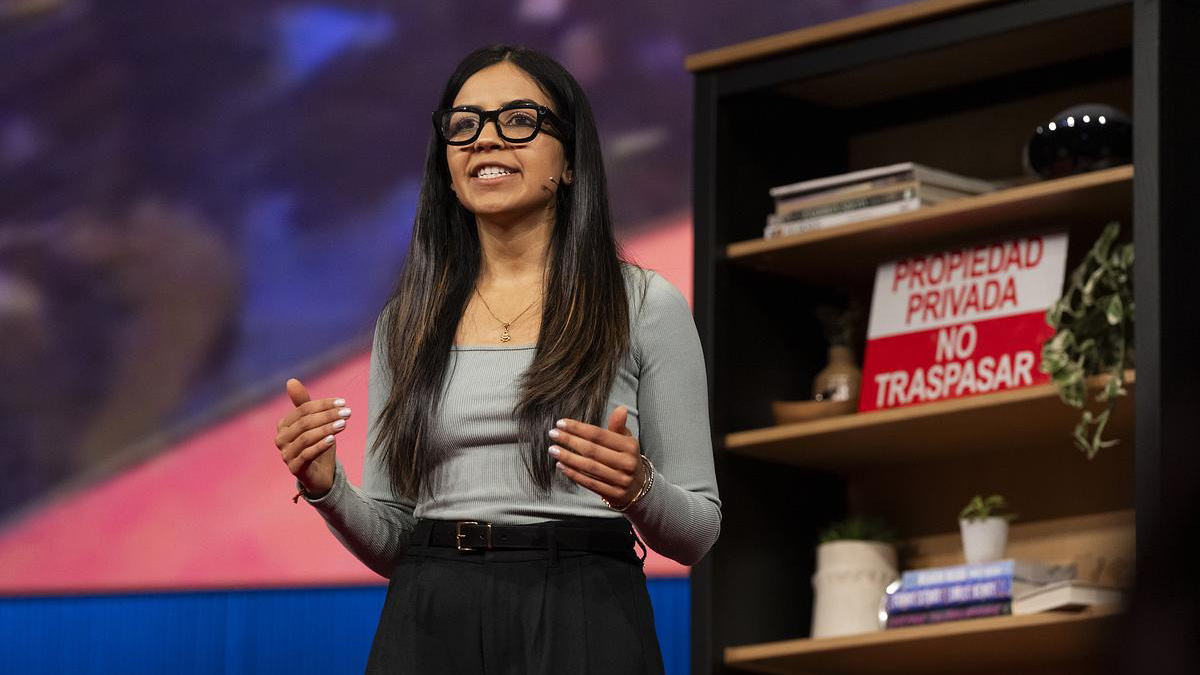Samsung Galaxy S22 Plus vs. Google Pixel 6 Pro: Modern warfare
A mighty clash of the most cutting-edge devices in the Android space.
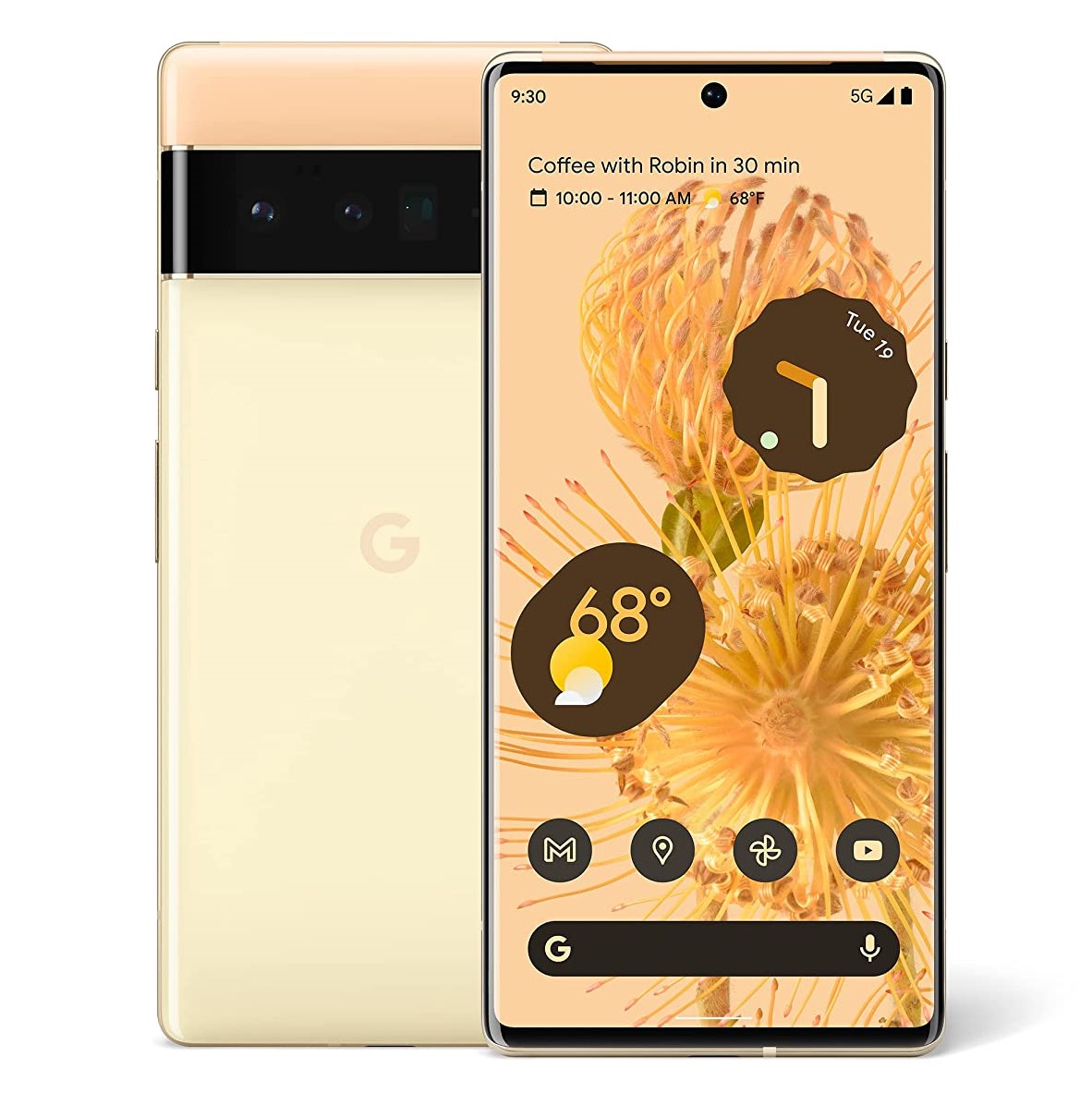
Sensational value
Google pulled all the stops with its top-of-the-line Pixel 6 Pro. You get an outstanding set of cameras, powerful AI processing by Tensor, and a gigantic battery. On the flip side, the Pixel suffers in the charging department, and its display isn't nearly as bright as the S22 Plus.
For
- Tensor and 12GB RAM slay performance
- Android 13 is fantastic and runs well
- Unmatched photographing capabilities
- Generous 5,000mAh battery
Against
- Slow charging speed
- Doesn't ship with a charger
- Inconsistent in-screen fingerprint scanner
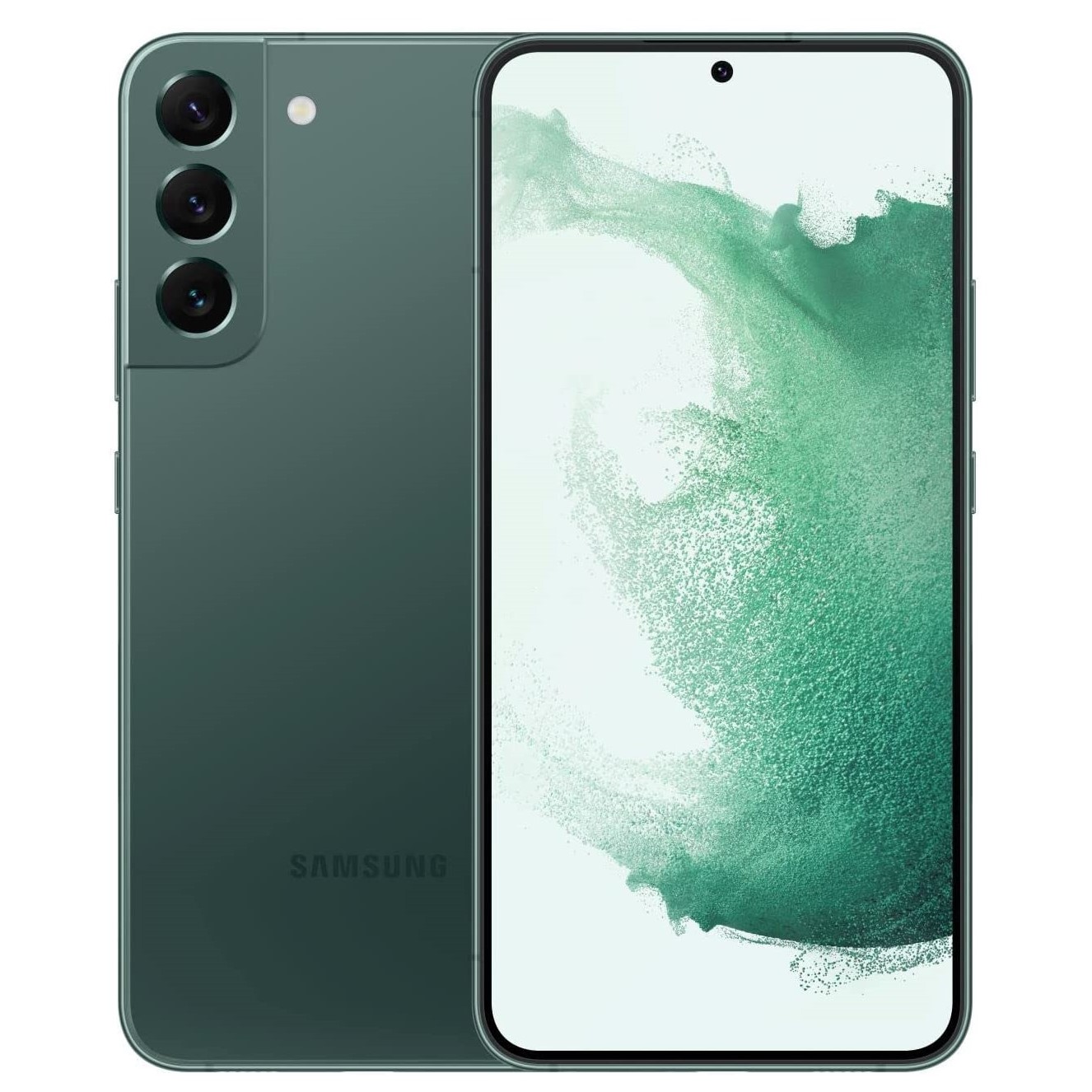
Confused middle-child
Of the three S22 models, the Galaxy S22 Plus sits in the middle in terms of specs and price alike. It has a dazzlingly bright display, solid cameras, and the robust Snapdragon 8 Gen 1 chipset, but heavy use leads to overheating, and the battery is just okay.
For
- Snappy 120Hz display shines stunningly bright in the sun
- Major platform updates for four years
- Cameras are great all-around
- 45W fast charging
- One UI 5 based on Android 13 is smooth
Against
- Heats up when used heavily
- No charger in the box
- Only 8GB RAM
Pitting the Samsung Galaxy S22 Plus against the Google Pixel 6 Pro means two of the newest, swankiest, and most premium flagship devices going to war. As expected, you get state-of-the-art specifications in both Android phones, including heavy-duty internals, water and dust resistance, charming aesthetics, and fantastic software to boot. Yes, both the Galaxy and the Pixel phones are smashing hits, but they are not created equal.
Both upper-tier phones from Samsung and Google compete heavily to give you that oomph, that delectable wow factor that'll draw you in. Between the Samsung Galaxy S22 Plus and the Google Pixel 6 Pro, which one is the better device for you? Let's examine the matter a little closer before we pick our champion.
Samsung Galaxy S22 Plus vs. Google Pixel 6 Pro: Gutsy internals
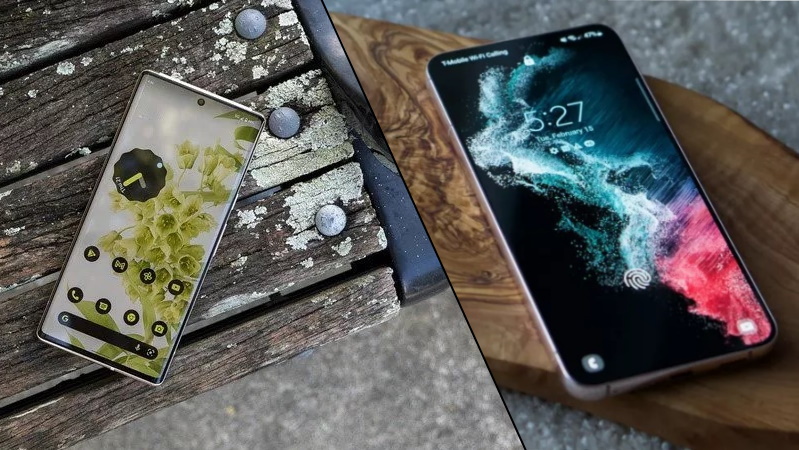
The Samsung Galaxy S22 Plus may have been preceded by the Google Pixel 6 Pro, but the Pixel still takes it head-on. This isn't to say that the S22 Plus lacks muscle. On the contrary, both Android phones are well-matched in many aspects. They share IP68 ratings, Gorilla Glass Victus protection, the latest Wi-Fi 6E and Bluetooth 5.2 modules, and 5G (mmWave and sub6) support. The similarities don't end here, as the Pixel and the S22 Plus both lack headphone jacks, expandable storage, and charging bricks out of the box.
The power couple has similar displays, too, with the Galaxy S22 Plus sporting a 6.6-inch 120Hz Dynamic AMOLED 2X display and the Pixel 6 Pro featuring an ever so slightly bigger 6.7-inch 120Hz OLED display. You'll find biometric security options such as face unlock and in-display fingerprint readers in both smartphones. That's the end of the road for shared features, though. Everything else about these marvelous flagship devices is contrastingly different from here on.
| Category | Samsung Galaxy S22 Plus | Google Pixel 6 Pro |
|---|---|---|
| Display | 6.6-inch Dynamic AMOLED 2X display, 1080x2340 resolution (393 ppi), 120Hz refresh rate, up to 1,750 nits | 6.7-inch LTPO OLED display, 1440x3120 resolution (512 ppi), 120Hz refresh rate, |
| Chipset | Snapdragon 8 Gen 1 or Exynos 2200 | Google Tensor |
| OS | One UI 4.1 based on Android 12 (upgradeable to Android 13) | Android 12 (upgradeable to Android 13) |
| RAM | 8GB | 12GB |
| Storage | 128GB or 256GB | 128GB, 256GB, or 512GB |
| Rear cameras | 50MP, ƒ/1.8, 1.0μm, (85-degree wide-angle), 12MP, ƒ/2.2, 1.4μm (120-degree ultra-wide), 10MP, ƒ/2.4, 1.0μm, 3x optical zoom (telephoto) | 50MP, ƒ/1.85, 1.2μm (wide-angle), 12MP, ƒ/2.2, 1.25μm (ultra-wide), 48MP, ƒ/3.5, 0.8μm, 4x optical zoom (telephoto) |
| Front camera | 40MP, ƒ/2.2, 80-degree wide-angle | 11.1MP, ƒ/2.2, 1.22μm |
| Battery | 4,500mAh, 45W fast charging, 15W wireless charging, 4.5W reverse wireless charging | 5,003mAh, 30W fast charging, 12-23W wireless charging, 5W reverse wireless charging |
| Connectivity | WiFi 6E (6GHz), Bluetooth 5.2, 5G mmWave and sub6, ultra wideband | WiFi 6E (6GHz), Bluetooth 5.2, 5G mmWave and sub6, ultra wideband |
| Protection | IP68, Gorilla Glass Victus | IP68, Gorilla Glass Victus |
Let's start with the material aspect before moving on to the other juicy bits. The Galaxy S22 Plus copies the last-gen design without making any major changes. Personally, I found the S21 Plus far more exciting as the color options were more fun, and the concept was fresh. Meanwhile, Google left no holes barred with its colorful yet quirky dual-tone finishes in the Pixel 6 Pro. The camera bar lies horizontally across the rear, sticking out as the most unique-looking Android phone available right now. You'll either love it or hate it; there is no in-between.
The Pixel 6 Pro has 4GB more RAM and the Tensor chipset's processing prowess is phenomenal.
Moving on to the robust internals of both phones, there's a lot going on in both the Galaxy and the Pixel devices. The S22 Plus is powered by the 4nm Snapdragon 8 Gen 1 chipset in the West, while the Pixel 6 Pro relies on the AI-focused Google Tensor chipset. Samsung paired the Snapdragon SoC with 8GB of RAM, while Google opted for a significantly higher 12GB memory. You get outstanding performance out of both handsets, but the S22 Plus tends to heat up while gaming. The Google Pixel 6 Pro has 4GB more RAM, and the Tensor chipset's processing prowess is phenomenal.
In terms of software, the S22 Plus was launched with One UI 4.1 based on Android 12, and the Pixel 6 Pro comes with Android 12 pre-installed. Google was the first to upgrade the Pixel with Android 13, bringing some privacy and accessibility changes. Meanwhile, Samsung has been busy updating its large smartphone lineup to One UI 5, and the S22 Plus was among the first Galaxy phones to receive the update. It comes with a ton of updates, with small UI changes and features that refine the overall experience.
Neither phone lags behind, delivering a buttery smooth user experience consistently. If you are hard-pressed to pick one, the Pixel's Android 13 with Material You is subjectively better than One UI, owing to its fabulous look and feel. However, if you prefer a more consistent and serious look, Samsung might be the way to go. How you prefer the software is really up to you, however.
Samsung Galaxy S22 Plus vs. Google Pixel 6 Pro: Display showdown
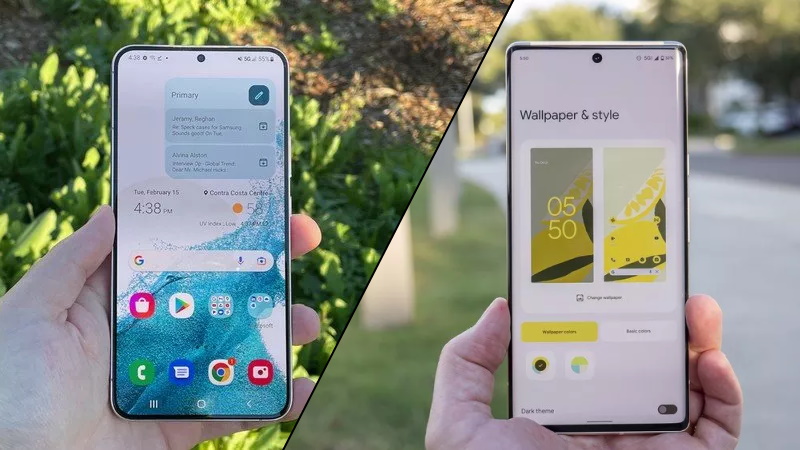
As one of the world's largest manufacturers and sellers of panels, Samsung is the king of the hill in the display segment. The Samsung Galaxy S22 Plus has a gorgeous 6.6-inch Dynamic AMOLED 2X display. It is of the highest quality, with a screen refresh rate of 120Hz and a touch sampling rate of 240Hz. What's more impressive is the panel's peak brightness level which maxes out at 1,750 nits. This makes the S22 Plus ideal for any light condition and especially excellent under the glare of bright daylight.
Now the Pixel 6 Pro doesn't have a bad display; it is certainly far above average overall. However, it pales in comparison to the beautiful panel used by Samsung in the S22 Plus. The Google phone has a 6.7-inch LTPO OLED display that also refreshes at up to 120Hz. It's snappy enough to leave you frothing at the mouth, but you'll be sorely disappointed with it under the sun. Next to the dazzling clarity of the S22 Plus, the Pixel 6 Pro's brightness just doesn't cut it in sunlight.
Samsung Galaxy S22 Plus vs. Google Pixel 6 Pro: Camera standoff
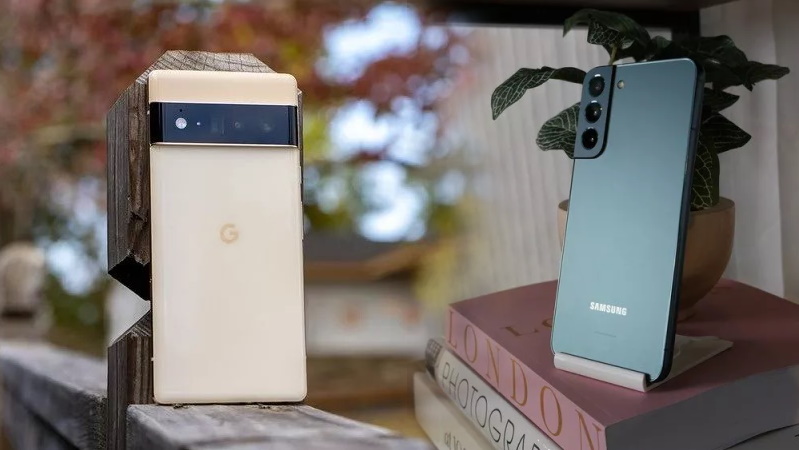
Samsung and Google have been involved in an epic battle for generations, each side struggling to get the better of the other in the photography department. We have seen both brands at the top at different times. So, who won this time around? You probably have an inkling.
On paper, the Samsung Galaxy S22 Plus and the Google Pixel 6 Pro's camera specifications sound similar. For its main sensor, the S22 Plus has a 50MP wide-angle lens with an aperture of ƒ/1.8 and 1.0μm pixels. Meanwhile, the Pixel 6 Pro features a 50MP primary camera with an ƒ/1.85 aperture and 1.2μm pixels. Both high-end Android phones have 12MP ƒ/2.2 ultra-wide secondary cameras, differing mainly in size. The S22 Plus's secondary lens has pixels with a 1.4μm pitch, whereas the pixels in the Pixel 6 Pro's secondary sensor measure 1.25μm in size.
The Pixel 6 Pro kicks the Galaxy S22 Plus in the butt when it comes to cameras.
Samsung's dual cameras capture decent shots with detail and realistic colors. The night mode has improved over its predecessor, the portrait mode looks stunning, and the image processing speed is also better. Still, you are likely to get blurry shots once in a while if the subject is in motion and the zoom doesn't look good after 3X.
The Pixel 6 Pro steals the spotlight from the S22 Plus's cameras in an almost criminal fashion. This is where Google Tensor's magic sauce comes into play, drenching the images in AI-processing goodness. Photography is such an incredible experience on the Pixel 6 Pro that it'll make your toes tingle with joy. The usual modes all look stunning, but it's the Motion Mode and the Magic Eraser that deserve your attention above all else.
Capturing images of moving subjects with the Pixel 6 Pro produces exceptional results. You'll find two options in the Motion Mode: Action Pan for more vigorous motion and Long Exposure to capture scenes without any blur whatsoever. Using Motion Mode is extremely easy and satisfying. After you've taken a photo, you can remove unwanted individuals or objects from the background with the Magic Eraser tool. Needless to say, the Pixel 6 Pro kicks the Galaxy S22 Plus in the butt when it comes to cameras.
Samsung Galaxy S22 Plus vs. Google Pixel 6 Pro: Battle for battery life
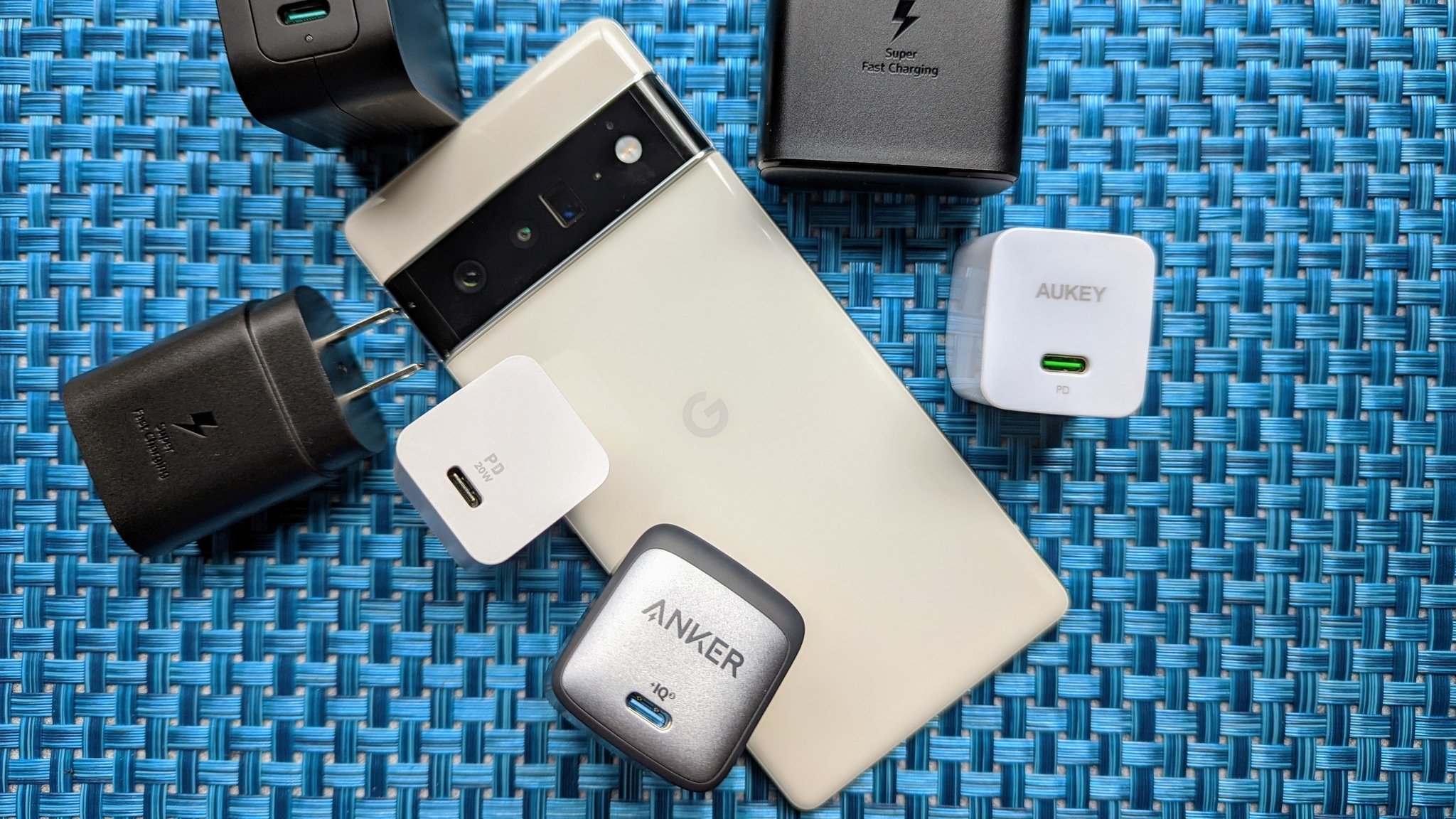
The Galaxy S22 Plus comes with a 4,500mAh battery paired with 45W fast charging. You also get 15W wireless and 4.5W reverse wireless charging, allowing you to juice up compatible accessories like your Galaxy Buds or Galaxy Watch on the fly. The battery downgrade makes all-day battery life impossible, but Samsung compensated for that with the great fast charging speed.
On the flip side, the Pixel 6 Pro has a larger 5,003mAh cell, so it gets brownie points for longevity. If you aren't a power user, you can squeeze an impressive two days worth of uptime from the Pixel. Factoring in wireless and reverse wireless charging, this could have been the moment of triumph for Google, but certain facts cannot go unmentioned. Yes, we're talking about the so-called "30W" wired charging speed.
As advertised, the Pixel 6 Pro tops up half the battery in thirty minutes. However, you don't actually get a 30W charging speed. This is only made worse by how long it takes to charge the other half of your Pixel 6 Pro's battery and the fact that Google did not explicitly mention this part. According to our tests, the rest of it takes roughly one hour to top up. With no proper fast charging onboard, recharging the gigantic 5,003mAh battery is a mundane and borderline painful experience.
Samsung Galaxy S22 Plus vs. Google Pixel 6 Pro: Endgame

Think of the Galaxy S22 Plus and the Pixel 6 Pro as strikingly different ice cream flavors. Google's offering is splashy and exciting, but not everyone is going to love it. The Samsung Galaxy S22 Plus relies on a tried and tested formula, but it just isn't bold enough to hold your interest for very long.
Design-wise, the Google Pixel 6 Pro is an acquired taste. If you want a more neoclassical Galaxy-style flagship, the S22 Plus will please you. Despite their starkly different looks, both phones are similar in size and equally unsuitable for one-handed use. Looking past the material aspect, you'll find powerful gear chugging these mobile rigs along, though the Pixel beats the Galaxy phone narrowly at performance. Let's also not forget the Pixel 6 Pro's unbelievable set of cameras that give the S22 Plus a run for its money.
The software experience in both devices is awesome, with unique features baked into each phone. Long-term Samsung users will be hard-pressed to find flaws with the spectacular One UI 5 based on Android 13. Then again, the Pixel 6 Pro runs Android 13 with Material You, and that really is something special. It looks fantastic and offers plenty of features that are exclusive to the Pixel 6 series. At the end of the day, it's less about which one's better and more about which OS suits your personal preference and user style.
Both are great phones, but it all boils down to preference and value.
Interestingly, the Samsung Galaxy S22 Plus is slated to receive four years worth of major platform updates, all the way until Android 16/One UI 8. Meanwhile, Google promised three years of OS upgrades to Pixel 6 Pro users, all the way up to Android 15. So far, both devices have already received Android 13, meaning we're one major OS upgrade down. Both are excellent offers, but somehow, Samsung beat Google at its own game. Setting that aside, either phone is a good long-term investment that'll get updates for years to come.
The final verdict boils down to the most important factor: money. The Google Pixel 6 Pro, along with its next-gen cameras, 12GB of RAM, and humungous battery, starts at $899. That right there is a brilliant bargain. What about the Samsung Galaxy S22 Plus? You can grab the middle child of the S22 series with its fast charging, impressively bright display, alright cameras, 8GB RAM, and last year's design from $1,000 onwards. The $100 difference in price isn't actually much, but it's the value prospect that makes this a puzzling matter.
For less money, you get superior cameras, a larger battery, a more powerful processor, and a funky, unusual design that just can't be beaten by the S22 Plus. Google played its cards very well, which is why the Pixel 6 Pro is better than the Galaxy S22 Plus despite its poorer charging speed and fewer years of platform updates. It goes to show that you need to be brave to leave a mark. Google has made an outstanding, unique, and fun flagship, and it's going to be very hard for even the best Android phones to nick the crown off of its bright and colorful forehead.
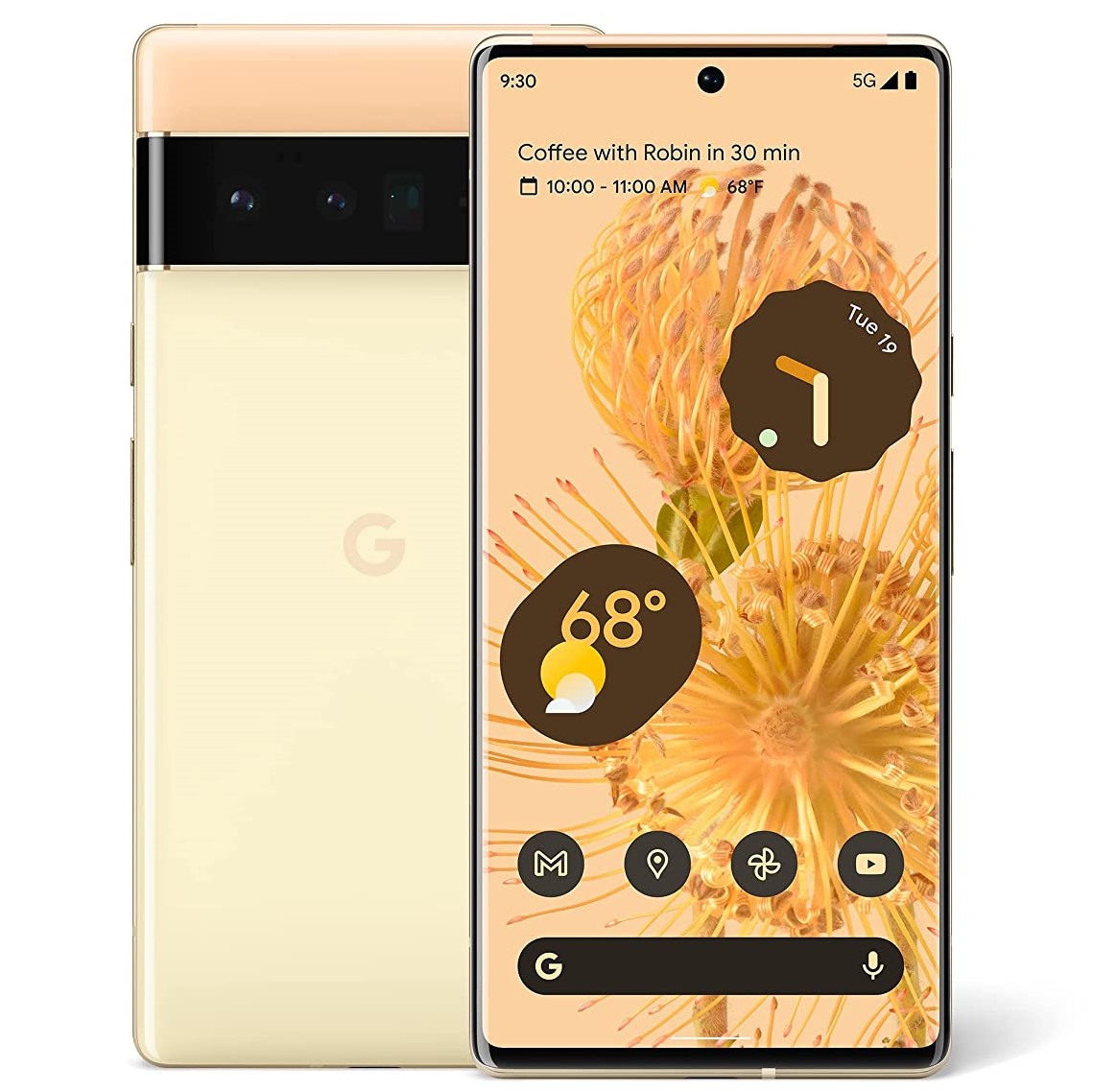
Google's best yet
Android 13 with Material You makes the Pixel 6 Pro as fun to use as its exterior appearance. Tensor's AI-processing is staggeringly good, and you won't find a better set of cameras anywhere else.

Mid-range specs, flagship price
Samsung played it safe with the Galaxy S22 Plus, giving you what you'd expect and nothing more. The Dynamic AMOLED 2X panel is spectacular and you'll be fairly happy with its everyday performance, even if it gets hot while gaming.
Be an expert in 5 minutes
Get the latest news from Android Central, your trusted companion in the world of Android

Namerah enjoys geeking out over accessories, gadgets, and all sorts of smart tech. She spends her time guzzling coffee, writing, casual gaming, and cuddling with her furry best friends. Find her on Twitter @NamerahS.
